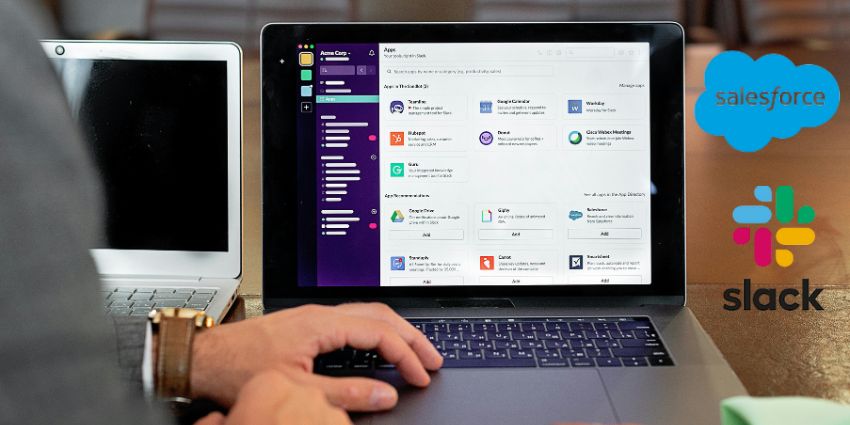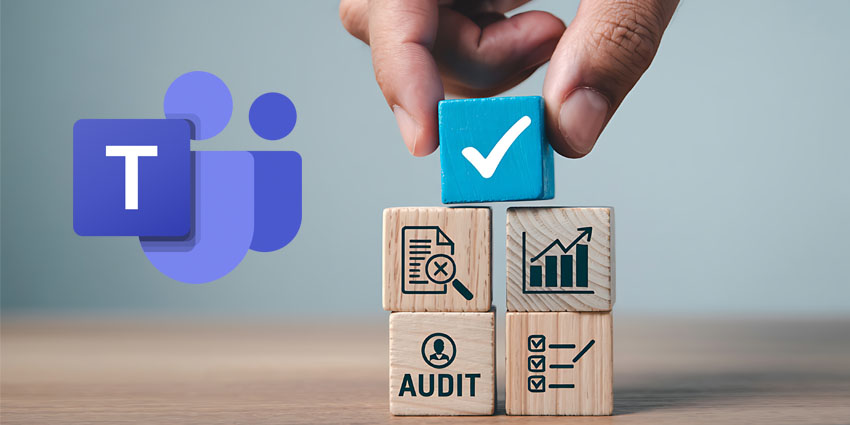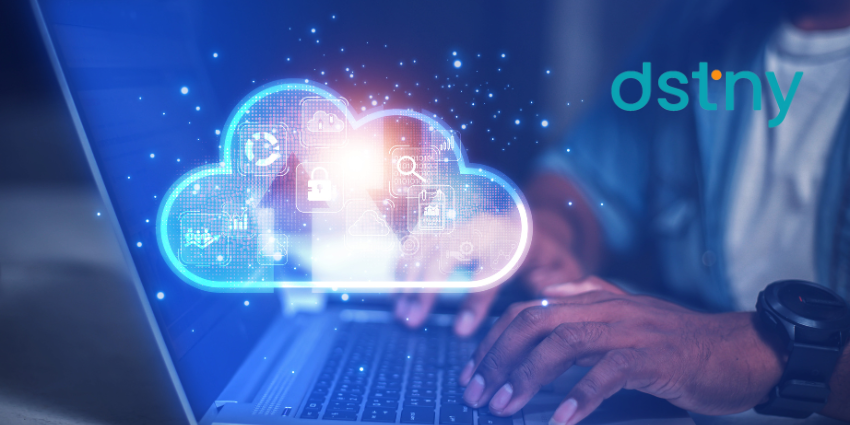Salesforce has announced a sweeping update that further embeds Slack into the heart of its CRM platform.
The update aims to eliminate fragmented workflows and create a unified space where teams can collaborate, access customer data, and take action without leaving the flow of work.
The centrepiece of this shift is Salesforce Channels, a new type of Slack channel that connects directly with Salesforce records such as accounts, opportunities, and custom objects.
These channels are fully accessible in both Slack and Salesforce, syncing structured CRM data with team conversations in real time. By doing so, Salesforce is attempting to break down the longstanding silos between communication platforms and business systems.
“Salesforce channels fundamentally change how customers unify their structured and unstructured data, giving them the power of Slack collaboration right inside the Salesforce user experience,” said Denise Dresser, CEO of Slack at Salesforce.
We’re breaking down barriers between customer data and teamwork, setting a foundation for powerful collaboration with digital labour, and strengthening Slack’s role as the conversational interface for Salesforce’s deeply unified platform.”
Unified Collaboration, Real-Time Context
Unlike typical integrations, Salesforce Channels are built on a shared metadata layer that allows human and AI teammates to collaborate in context.
Channels are bi-directional, meaning users can jump in from either Slack or Salesforce, with no loss of context. They also inherit Salesforce permissions automatically, ensuring secure, compliant access to data.
- What Salesforce’s Acquisition of Informatica Could Mean for UC
- AI Web Agents for Slack? What Salesforce’s Acquisition of Convergence.ai Could Bring to UC
Agentforce, Salesforce’s AI framework, is deeply embedded into these channels. When given access, it can analyse conversations alongside CRM data, summarise discussions, and even act on behalf of the team, such as generating updates, drafting follow-ups, or surfacing key insights.
The result is a new work model: one in which actions and decisions happen inside the conversation, not around it.
Tableau Next Brings Live Analytics into Slack
Alongside the channel integration, Salesforce also announced the rollout of Tableau Next in Slack, available from June 13.
This brings live, interactive dashboards, AI-powered metrics, and visualisations directly into Slack messages and canvases, enabling teams to make decisions with real-time data at their fingertips.
The integration allows users to embed analytics into workflows, ask Agentforce questions in natural language, and collaborate on insights without toggling between platforms.
A Strategic Shift Toward Unified Platforms
This move continues Salesforce’s broader strategy to consolidate applications, workflows, AI agents, and data into one intelligent platform. From the initial Slack integrations across Salesforce apps to last year’s inclusion of Salesforce records and agents in Slack, the latest update represents a major milestone: Slack becoming the default collaboration layer for the Salesforce ecosystem.
“Work can now move faster — because everyone is connected, informed, and empowered,” the company said in a statement.
Why It Matters
According to Salesforce, 47 percent of workers report struggling to find the information they need. The disconnect between sales and marketing alone costs U.S. businesses more than $1 trillion each year.
Salesforce argues that solving the problem requires merging data, people, and AI into a single, shared experience rather than layering AI on top of disjointed systems.
The firm’s internal teams say they have already seen strong results from early use of Salesforce Channels, including a 30 percent reduction in time spent searching for information and 76 percent of sales reps reporting improved alignment on cross- and up-sell opportunities.
Some real-world examples of the integration include:
- Faster Deal Approvals: Sales teams can use dedicated quote channels to collaborate with Finance and Legal in real time.
- Streamlined Onboarding: New hires can review past discussions and summaries generated by Agentforce to get up to speed quickly.
- Executive Briefings: AI-generated summaries in Opportunity channels help leadership prepare for meetings with the current customer context.
- Order Management: Operations teams can resolve issues on the go using Slack mobile, while syncing with Salesforce-based logistics data.
- Campaign Collaboration: Marketing teams can plan and execute campaigns end-to-end within Campaign channels, incorporating Tableau insights directly into conversations.
What’s Next?
Salesforce Channels will be rolled out in the coming weeks to customers using Salesforce Standard Edition and Slack. As the lines between communication, data, and automation continue to blur, the company is betting that the future of work lies not just in tools but in seamlessly integrating them.
What’s different here is that these channels are designed to handle both structured CRM data and everyday team conversations. That means everything from account updates to internal discussions can live in one place, making it easier to keep track of what’s going on.
For teams that already spend a lot of time in Slack, this could help reduce the friction of jumping between systems and make it easier to keep everyone aligned. For example, a marketing team can manage a campaign launch from one dedicated Slack channel all while staying connected to the actual Salesforce record.
In short, the update could bring Salesforce closer to where conversations are already happening. And for Slack users, that means a little less context-switching and a bit more clarity.







